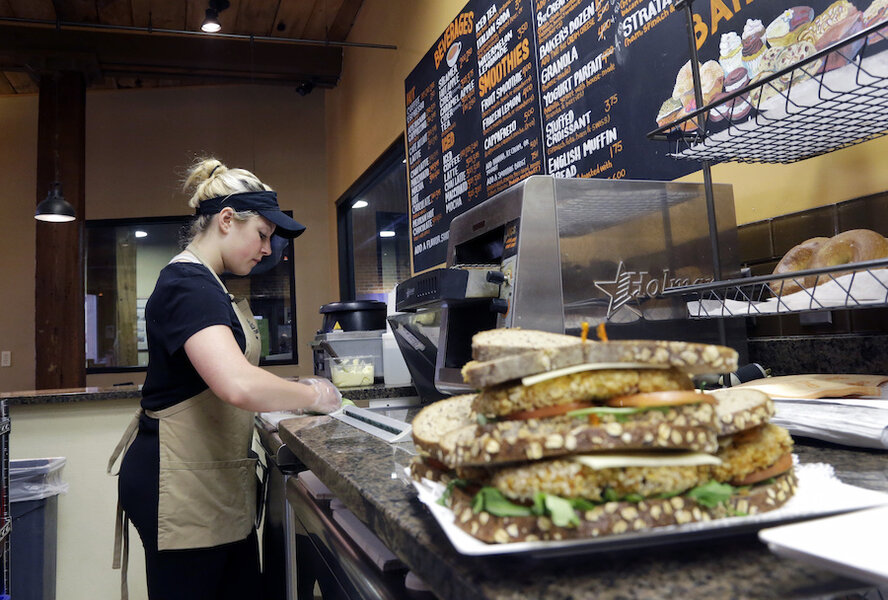Is lunch getting too expensive?
Loading...
Menu-price increases are eating restaurants’ lunch. Data from The NPD Group find that lunch, which accounts for 33% of foodservice traffic, has been losing customers for two quarters. The damage to the business is largely self-inflicted: NPD says consumers are being priced out of lunch, especially in fast-casual concepts.
For the quarter ended in June, lunch traffic was down 4%–and down 7% on weekdays—compared with a 1% decline in dinner visits and a 1% increase at breakfast. Why? Reports NPD, “The rise in employees working at home and more shopping online, which cuts down on foodservice meal and snack breaks, have been contributors to the softening of lunch traffic and recent menu price hikes have steepened lunch visit declines.”
Aggressive discounting may be hurting margins but it has kept traditional QSR concepts from seeing this decline by and large, NPD says. But casual-dining lunch traffic is down 6% compared with last year, while fast-casual concepts have lost 9% of lunch customers in that time.
NPD says many brands in these categories have simply priced themselves out of the lunch market: “A pricing analysis done by NPD Group finds that the price point at which consumers are most satisfied and most likely to visit is when they feel it is ‘affordable to eat there often,’ and ‘good value for the money.’ Average lunch eater checks in the quarter ending June 2016, which at some restaurant segments have increased by as much as 5% compared to the same quarter year ago, have moved upward beyond consumers’ ‘sweet spot’ price, diminishing customer satisfaction and their intent to visit.”
Should fast casuals be discounting as the QSR burger chain are doing? NPD says only about one in four consumers take advantage of the discounts and deals. With the discounting factored out, consumers now pay $8 on average for a QSR lunch, and NPD says that’s “higher than most want to pay for a quick-service lunch.”
“Historically, foodservice lunch has been the occasion where consumers didn’t want to invest a lot time, money, or energy into this meal,” said Bonnie Riggs, NPD Group restaurant industry analyst. “It’s apparent by the drop in lunch traffic that the current value proposition isn’t meeting these needs.”
This article first appeared in BurgerBusiness.






